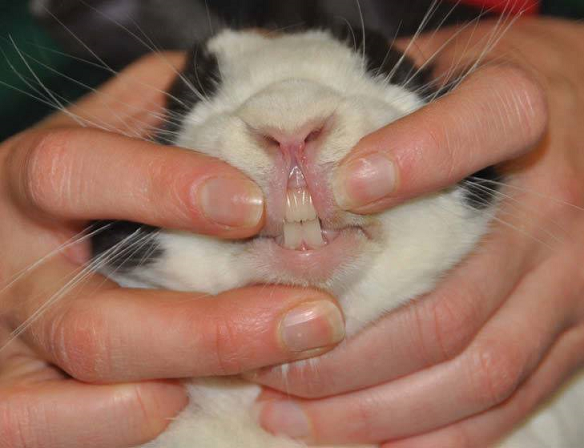Difference between revisions of "Rabbit Medicine and Surgery: Self-Assessment Color Review, Second Edition, Q&A 07"
(Created page with "{{CRC Press}} {{Student tip |X = good for revision purposes.}} <br><br><br> centre <br> '''Consider the image above.''' <br> <br...") |
|||
| Line 20: | Line 20: | ||
</FlashCard> | </FlashCard> | ||
| − | To purchase the full text with your 20% off discount code, go to the [https://www.crcpress.com/9781498730792 CRC Press] Veterinary website | + | To purchase the full text with your 20% off discount code, go to the [https://www.crcpress.com/9781498730792 CRC Press] Veterinary website. |
[[Category:CRC Press flashcards]] | [[Category:CRC Press flashcards]] | ||
Revision as of 11:07, 22 November 2018
| This question was provided by CRC Press. See more case-based flashcards |

|
Student tip: This case is good for revision purposes. |
Consider the image above.
| Question | Answer | Article | |
| What are the dental formulas (deciduous and permanent) of the rabbit? | Deciduous: I 2/1 C 0/0 P 3/2 M 0/0 |
Link to Article | |
| Describe the normal dental anatomy and function. | The occlusal surface of the larger first incisors is chisel-like in lateral profile (about 45° upper, 30° lower) by virtue of the differential distribution of enamel on the labial and lingual sides. The smaller second upper incisor, usually known as the ‘peg tooth’ and a characteristic of lagomorphs, is located just caudal to the first, such that the tips of the lower incisors come to rest just between the two. Unlike most rodents, the incisor enamel is non-pigmented. There is then a gap (the diastema) between the incisors and the premolars. The latter are of similar morphology to the molars and so together they are often referred to as the ‘cheek’ or ‘molariform’ teeth. These possess transverse ridges and the plane of the occlusal surface is approximately 10° to the horizontal.
|
Link to Article | |
To purchase the full text with your 20% off discount code, go to the CRC Press Veterinary website.
